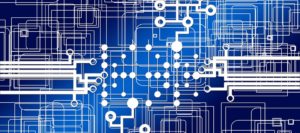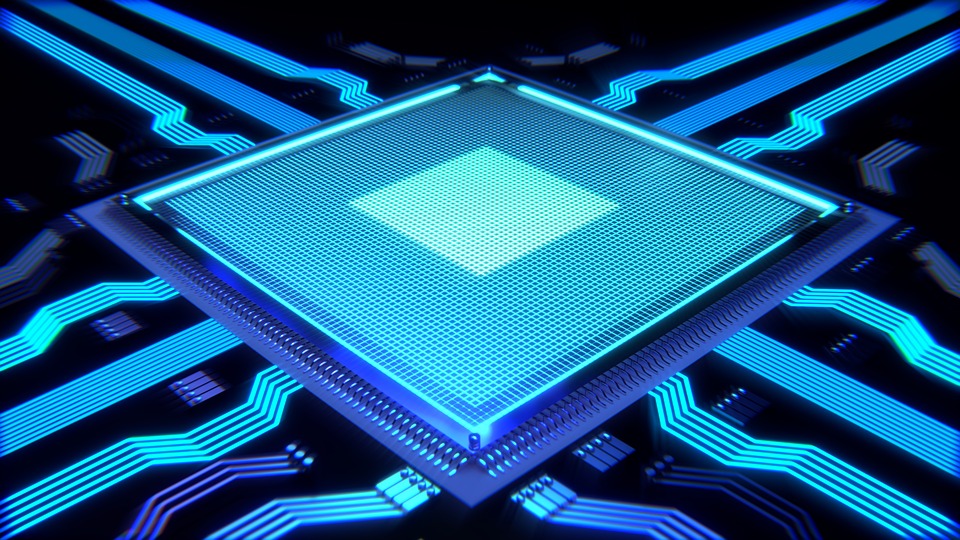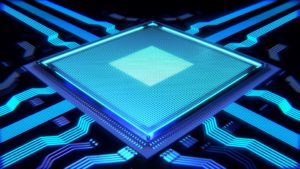As the future revolution in technology evolves with artificial intelligence, virtual reality and machine learning, the demand for data centers and our modern day reliance on them will skyrocket. Smart devices, smart spaces and the universal growth of connected things delivering huge amounts of information all intersecting at the data center over wireless connections creates the need for data centers to be able to scale for the future and the increased workload ahead.
New innovations in Artificial Intelligence (AI), the development of computer systems to perform tasks that would normally require human intelligence, are being used with greater efficiency to optimize resource management and long-term planning for strategic business decisions. Additionally, AI driven data centers themselves are a necessity for any progressive business that wants to achieve an operationally efficient computing environment. In order to compete, all companies will need to become data driven in gathering large amounts of information about their customers. This only fuels the workload on the data center industry tremendously; as well as, the new types of businesses entering into the global economy to be able to interact with new technologies as they evolve. Exciting times are ahead for the data center market as futurist Steve Brown discusses at Open Compute Summit. Read full article here.





